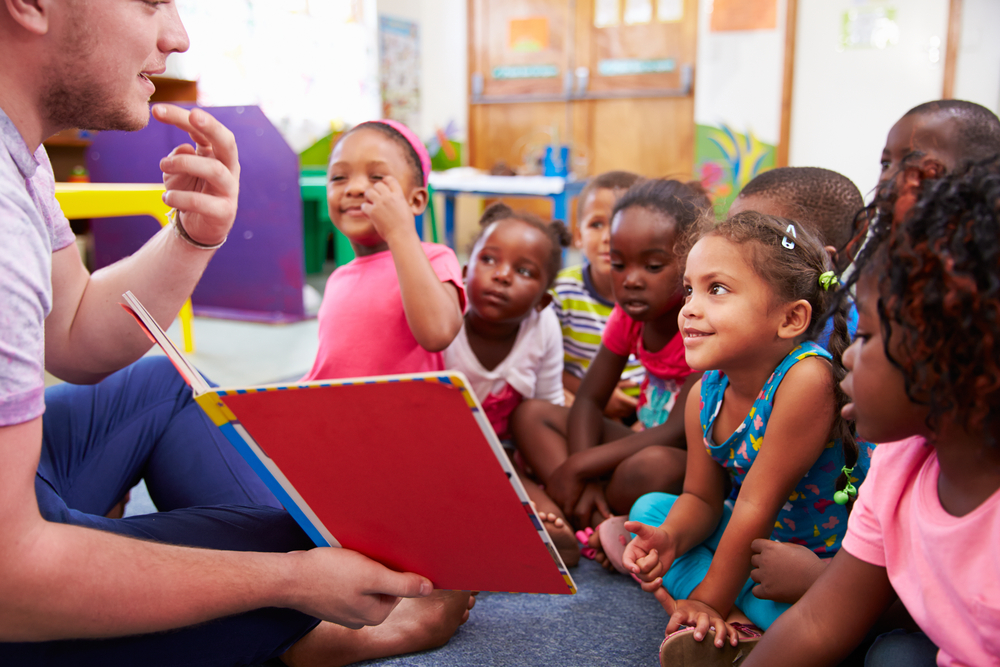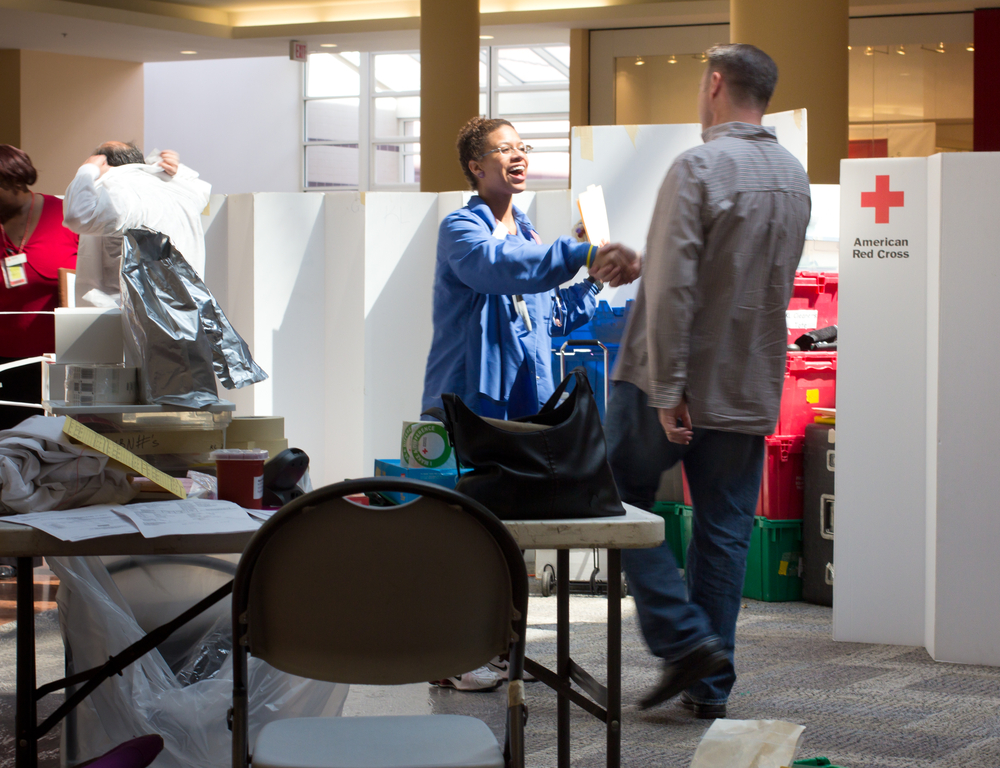
Monkey Business Images / Shutterstock.com
A humanitarian project is a rewarding way to dedicate your time. You can help build someone a home. You can rebuild an area after a national disaster. You can make a difference.
The Peace Corps is one of the most well-known humanitarian projects. It has placed volunteers in communities all around the world for over five decades. For college students, it can provide student loan debt relief and a rewarding experience, but volunteers must dedicate at least two years to the program. For many people, even for those who love to give back, that is too much of a commitment.
Luckily, there are many short-term humanitarian opportunities available. You can devote yourself to help change the lives of others right in your hometown, or you can spend a few weeks volunteering in another country. If you’re inspired to help people, thank you. Here are some ideas to get your journey started.
Global Volunteers

bogdanhoda / Shutterstock.com
For more than three decades, this human and economic development program has given participants the ability to enter new communities around the world and make a difference. Strong ties with local communities allow Global Volunteers to deliver health and nutrition services, such as deworming, raising HIV and AIDS awareness, and doing prevention work for malaria and dengue fever. General education is a high priority for Global Volunteers. Its programs emphasize girls’ education and teaching English to children. Volunteers can make a difference by committing short term (as little as one to two weeks) on long-term development projects. See all of the places you can go and volunteer here.
Habitat for Humanity
Build homes in local communities or join a volunteer program that can take you abroad. Founded in 1976, Habitat for Humanity has responded to natural disasters like Superstorm Sandy, the Haiti earthquakes, and various tornadoes in the Midwest. Habitat for Humanity’s volunteers help give families the homes they deserve so that they can feel safe and comfortable once again. Individuals have options to serve short or long term, become advocates, join special events, or donate. To find your local Habitat for Humanity, click here.
Heart 9/11
In the days that followed September 11, 2001, we watched as much of the world supported those who were directly affected by the tragedy. People gave in any way they could. The Healing Emergency Aid Response Team (Heart 9/11) was formed by members of FDNY, NYPD, PAPD, and the NYC Building Trades in the aftermath of 9/11. In the wakes of new tragedies, it continues to gather volunteers who want to help communities recover. Volunteers rebuild homes, schools, hospitals, and more. The organization’s other goal is to assist veterans. John Viola, volunteer and board member since 2004, said, “At the end of the project, when we give a veteran the key to their home, it’s just an indescribable feeling.” You can sign up and change someone’s life for the better by clicking here.

littlenySTOCK / Shutterstock.com
Red Cross
The American Red Cross has been providing help in times of natural disasters since 1881. Volunteers can donate their time, money, or blood. Services provided by the organization include health and safety education training, blood collection and distribution, and support for military families and for those affected by disasters in the United States. Through worldwide Red Cross networks, the organization is able to take its services beyond our borders. Become a volunteer here.
To Love a Child
Volunteers with To Love a Child (TLC) provide support for impoverished children and their families in developing countries. TLC provides humanitarian assistance in the form of education, supplies, medical assistance, and clean water. “If you can hold a child, or play with a child, if you can make a connection with people, that is something to offer,” said executive director Cindy Schmehl when describing how the organization chooses where to place volunteers. Several times a year, TLC takes its work to Haiti and Zimbabwe, two of the poorest countries in the world. There, it ensures that it makes a positive impact by creating long-term, sustainable methods for project development. You can volunteer to join one of the mission trips to Haiti or Zimbabwe by clicking here.
Other opportunities may be available through your local community center, place of worship, job, or school. Often, volunteer programs will not pay for travel expenses, so do your research, find a cheap plane ticket, and if you need help making ends meet, try crowdfunding.
Your choice to make a difference in the world is important and inspiring. We are happy to be a part of your journey and hope that you will share it with us by tagging @studentcaffe on Instagram and Twitter. We would also like to feature your experience in a My College Story post so that others can learn about different ways to give back and change the world, too!
-
My College Story: Making the Most of Community College
-
My College Story: Budget Traveling and Programs Abroad
-
My College Story: Serving in the Peace Corps after Graduation
-
My College Story: WWOOFing and Learning to Farm after College
-
Seeing the World on a Shoestring Budget
-
My College Story: Winning the Chegg Contest to Volunteer in Ecuador

